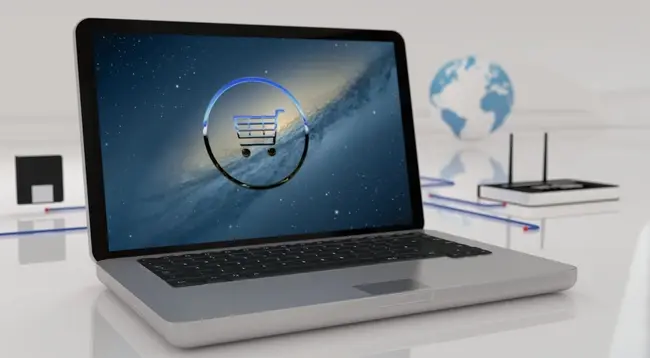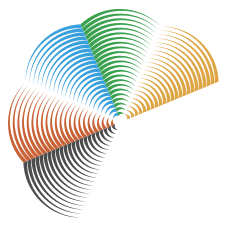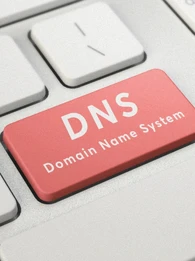
The e-commerce industry has been booming for years, with more and more people shopping online for items large and small. This trend is only expected to continue, as the convenience and selection offered by e-commerce sites are hard to beat. But what does the future of e-commerce hold? What new trends and technologies can we expect in the next few years?
In this article, we'll take a look at some of the most exciting emerging trends and technologies in e-commerce. From blockchain to augmented reality, these innovations are set to change how we shop online forever. Getting a better understanding of how they impact businesses and consumers alike provides valuable insights into how to capitalize on these emerging trends.
So, whether you're a retailer looking to stay ahead of the curve, or a shopper who wants to be first in line for the latest and greatest, read on to find out more about the future of e-commerce.
Social Commerce
Social media has already had a big impact on e-commerce, with platforms like Instagram and Pinterest becoming key sales channels for many retailers. But the future of social commerce is set to be even more exciting, with new features and technologies that will make it easier than ever for shoppers to buy products directly from their favorite social media platforms.
One of the most talked-about features is shoppable posts, which allow retailers to tag products in their posts and link directly to purchase pages. This makes it easy for shoppers to buy what they see without ever having to leave their social media feeds.
This also means that auxiliary software tools like competitor e-commerce monitoring solutions will become necessary in order to maintain a competitive advantage in terms of pricing and product availability, as the market will get even more saturated.
Blockchain
One of the most buzzed-about technologies in recent years, blockchain is set to have a significant impact on e-commerce. In its simplest form, blockchain is a digital ledger that records transactions. This data is then stored in a decentralized network, meaning it is not controlled by any entity. This makes blockchain very secure, as there is no central point of failure.
While originally developed for the cryptocurrency Bitcoin, blockchain has many other potential uses. For e-commerce, blockchain could be used to help verify the identity of buyers and sellers, as well as to track the provenance of products. This would help to reduce fraudulent activity and build trust between buyers and sellers.
In addition, you could also use blockchain to create smart contracts. These are automatically executed when certain conditions are met, streamlining the buying and selling process.
Augmented Reality
Augmented reality (AR) is another piece of technology that is set to revolutionize e-commerce. AR could be used to provide a more immersive shopping experience. Some of the biggest names in e-commerce are already experimenting with AR, allowing shoppers to see how products would look in their homes before they buy them, which is perfect for items like furniture and home decor. Ikea, for example, made an AR version of its catalog as far back as 2014.
It also has the potential to change the way we shop for clothes and footwear by enabling us to try on virtual items without ever having to step into a changing room. Online fashion retailer ASOS has been trialing the See My Fit AR tool that lets users try on clothes virtually using their smartphone's camera, while Sephora Virtual Artist is likely the best example of using augmented reality technology. It allows you to try different makeup looks or learn how to do your makeup from scratch with the help of a virtual tutorial.
It's likely that we'll see more and more retailers incorporating AR into their e-commerce platforms in the years to come, giving shoppers a better idea of what they're buying and ultimately leading to more sales.
Virtual Reality
Virtual reality (VR) is an exciting emerging technology with potential applications in e-commerce. VR allows users to immerse themselves in a computer-generated environment. This can be used for a number of purposes, such as entertainment or education, but also for enabling shoppers to explore virtual stores without ever leaving their homes. This would be perfect for busy shoppers who don't have time to visit physical stores or for those who live in remote areas with limited retail options.
In addition, you could use VR for product demonstrations and reviews to give shoppers a taste of what they can expect from the products. Luxury carmaker BMW, for example, has created a virtual reality showroom where customers can explore its cars in detail. You start the presentation whenever you wish, and the automotive expert appears as a fully digitized real-time 3D render that talks you through the vehicle’s finer details.
Omnichannel Shopping
Omnichannel shopping is another big trend that is set to shape the future of e-commerce. It refers to the ability of shoppers to move seamlessly between different channels when shopping for products. This could include starting their search on a search engine like Google, then moving to a retailer's website or app to find more information about a product, and finally making the purchase in a physical store.
Many retailers are already offering omnichannel shopping experiences to their customers. For instance, you can now use Apple’s mobile app to book support appointments at a store’s Genius Bar, while Clinique Great Skin Lab gives you a code with your personalized results after an in-store consultation to provide individualized advice on skincare from nutritionists and dermatologists.
Personalization
Personalization becomes a crucial factor in the success of e-commerce brands. Thanks to advances in data collection and artificial intelligence, it's now possible for businesses to offer highly personalized shopping experiences tailored specifically to each individual customer.
This could include things like showing products that are based on previous purchases or search history or providing recommendations for other items that might be of interest. To illustrate the example, Amazon uses data from its vast customer base to make personalized recommendations for other products that might be of interest.
Conclusion
E-commerce is set to continue growing in the years to come, and its future looks brighter than ever. The emergence of new trends and technologies means that retailers have more opportunities than ever to reach shoppers and offer them a better shopping experience.
From blockchain to augmented reality, these are the innovations that will shape the future of e-commerce, and it's essential for businesses to stay ahead of the curve if they want to succeed in this competitive market.












